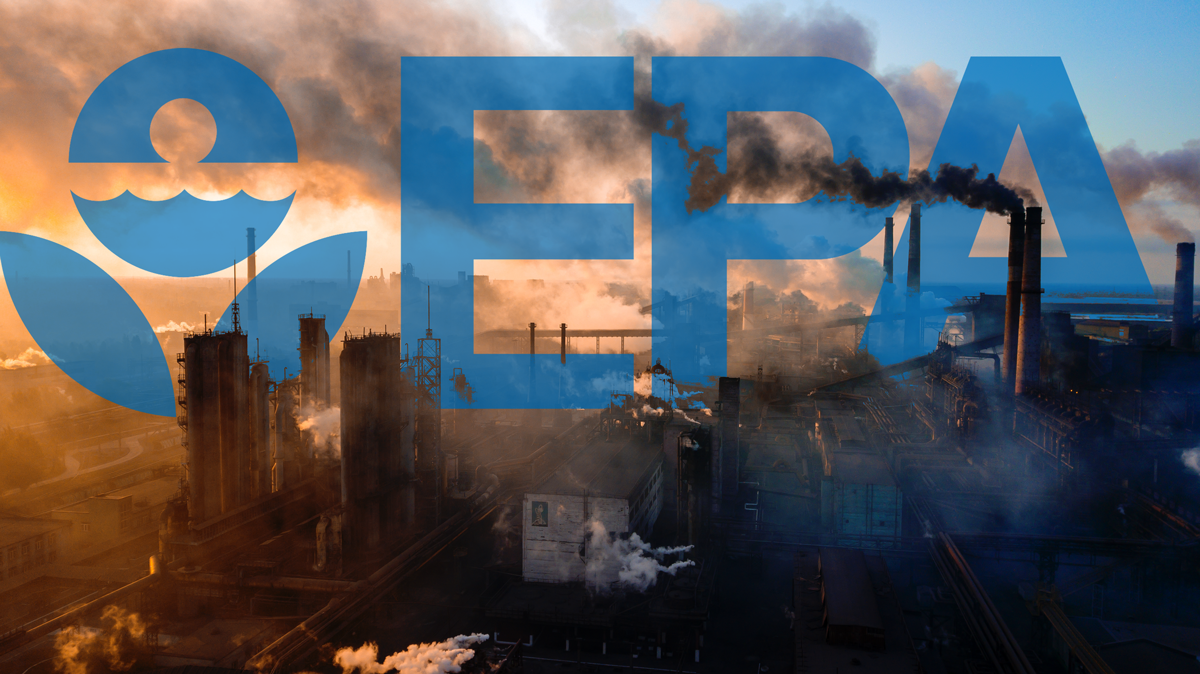Aug 7 update – President Biden’s EPA has proposed new rules to limit global warming pollution from power plants, and if done right, they could eliminate up to 90% of global warming pollution from the electric sector!
But, as usual, the Biden Administration is paying more heed to corporate profits than they are to cutting pollution. Tomorrow is the deadline to send a comment! Click here to get your comment in ASAP or use these links below to share the message. Our full post is below the video if you need more context.
We made a short video and a longer written post to explain what we think needs to be changed. Check them out and click here to get your comment in ASAP – comments are due one week from today on August 8!
Context matters
You might remember that way back in the 20-teens, then-President Obama proposed something called the “clean power plan” which was a signature part of his goals under the Paris Climate Agreement. The 2015 clean power plan was the first federal rule ever proposed to limit global warming pollution from U.S. power plants, and aimed to cut pollution 30% by 2030. But Obama’s plan was sued (a lot) by states that produce a lot of coal, oil, and gas, and last summer the US Supreme court struck it down as unconstitutional, even though it had never taken effect.
Since then, a lot of things have changed about the climate, and about the business of making and selling electric power in the US. Solar, wind, and other renewables are now by far the cheapest way to produce power, and companies and utilities large and small are clamoring to get more of it on the grid – so much so that the problem is getting all the new solar and wind farms hooked up to the grid – something called the interconnection cue. And the Inflation Reduction Act and other legislation passed by Congress, along with some very new rules from FERC, are intended to speed up that transition and expand it into even more states.
But, as we’ve noted consistently since it was announced, the IRA bets very heavily on the idea that utilities will make the switch to clean power on their own, as long as it’s cheap.
Biden’s promise and the EPA power plant plan so far
President Biden promised to cut global warming pollution 50% by 2030, and to eliminate all global warming pollution from the electricity sector by 2035. It’s going to be a tough promise to keep because, so far, US emissions are not falling very fast, and as we decarbonize other sectors – for example as more people switch to electric cars, causing transportation emissions to go down, or electric heat pumps, causing heating sector emissions to decrease – demand for electricity will go up, a lot.
But because of how the Supreme Court struck down the Clean Power Plan, the EPA can’t tell utilities what fuel to use (like solar instead of fossil fuels) in order to provide that electricity. So, instead, the draft rules from the EPA focus on how much air pollution, including global warming pollution, that power plants can emit.
The draft rules are a big step in the right direction, requiring 90-100% reductions in emissions. But there are three big loopholes that the EPA needs to fix:
- Too slow. The EPA’s proposed rules don’t even take effect until 2030-2035, and allow power plants to phase in improvements until 2040 in some cases. If a power plant says it will shut down by 2040, they don’t have to comply at all – meaning that most existing power plants will probably never reduce pollution at all. And utilities like Duke and DTE Energy can go on proposing new (usually gas) power plants to be built right up until 2030 with no plan or intention of ever reducing emissions. The EPA needs to close this loophole by requiring all power plants to comply with the new rule by no later than 2030. They also need to finalize the rule this year, so that Congressional Republicans can’t overturn it (with Joe Manchin’s Help) next year using a thing called the “congressional Review Act”.
- They missed most of the gas plants. The EPA’s draft rule covers less than half of gas-fired power plants, which tend to be smaller and don’t always turn on to produce power. Those smaller, usually gas or oil-fired plants are sometimes called “peaker plants.” They already produce more pollution than bigger and more efficient plants, and are also more likely to be located in frontline environmental justice communities. EPA needs clean up their plan by requiring plants with a capacity of around 100MW, instead of 300MW, to comply with the rule. Otherwise pollution will just be shifted, not eliminated from a small number of rural communities to a large number of black, brown, and indigenous communities who can least bear the burden of added pollution.
- Too many false solutions. This EPA rule continues the Biden Administration’s dangerous, dirty, and unfounded love of climate false solutions like mixing Hydrogen with Methane gas to make it cleaner, ad Carbon Capture and Sequestration. These are all so-called “unicorn” solutions that cost too much and have never been proven to work. Some of them, like carbon capture and sequestration, may actually increase other kinds of air pollution like smog and ammonia. that are deadly.
Bus as we’ve said before, utility companies are strongly incentivized to build new power plants, and claim they will figure out CCS and Hydrogen solutions later, because they can claim lucrative tax credits from the IRA now and pass on the cost to their ratepayers later if it doesn’t work out. The EPA is already signaling they’ll allow this sort of bait and switch to continue by encouraging carbon sequestration markets and giving the exact same people responsible for some of the worst, and most racist, utility policy in America’s past to plan our electricity future.
The best way for EPA to fix this would be to eliminate all the incentives and permission for hydrogen, CCS, and other false solutions in the draft rule. Failing that, they can requiring these new and un-proven technologies to go through a rigorous community review process that requires consent, not just consultation, and require the utilities to sign binding community benefit agreements – so that at least EJ communities will get a chance to demand investment and health monitoring.
Thanks for reading our take on the EPA’s draft power plant rules. Let us know what you think in the comments and don’t forget to to get your comment in before August 8 using our action page!




@Potus You can be OUR CLIMATE CHAMPION‼️ SAVE THE 🌏 FOR OUR GRANDCHILDREN‼️ #NoPlanetB #WhatKindOfPlanetWillWeLeaveOurGrandChildren? 🆘🌏⚖️🆘🌏⚖️🆘🌏⚖️🆘🌏⚖️🆘🌏⚖️🆘🌏⚖️ 🔥 or 🌊 What will it be?
@Potus YOU CAN BE OUR CLIMATE CHAMPION! 👑🏆 Dont let OUR GRANDCHILDREN DOWN. #NoPlanetB #SaveOurPlanet🌏
Make it so, Joe. 😷👏👍😂